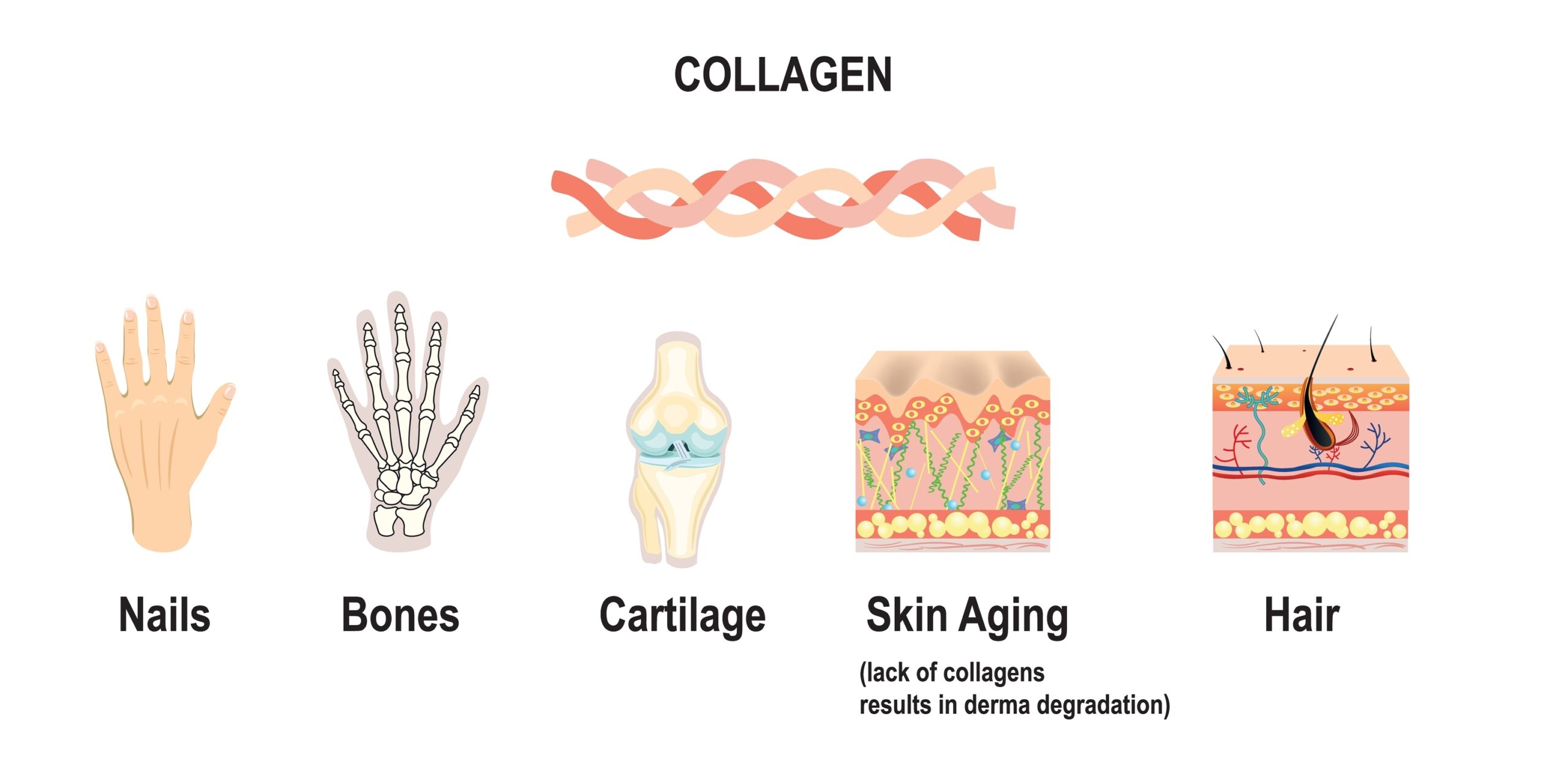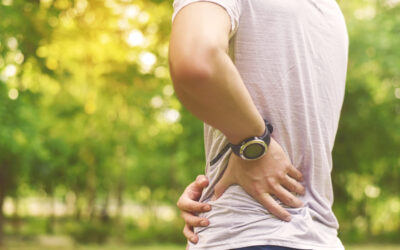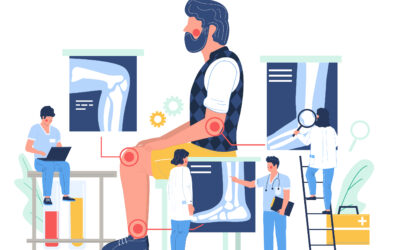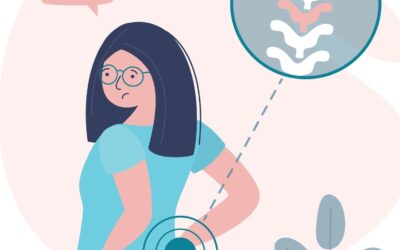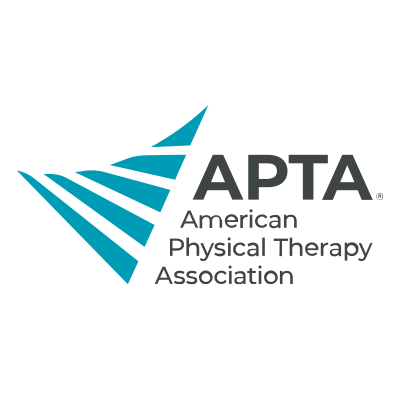Article Written By Tim McGonigle, PT
A 2019 Global Burden of Disease study found that musculoskeletal disorders accounted for the greatest amount of healthcare spending in the USA, costing more per year than diabetes, cancer and cardiovascular disease. Even more, musculoskeletal pain inhibits the active lifestyle so critical in the prevention and management of these three ominous diseases. For this reason, it could be said that musculoskeletal health is the foundation of all health. Through understanding how to care for our musculoskeletal tissues much of this burden, and the associated human suffering, can be mitigated.
Tendon, fascia and ligaments are components of the dense connective tissue that resist and transfer mechanical forces throughout our bodies. When healthy they consist of abundant, well organized, and neatly aligned collagen fibers. Between their often densely compacted fibers is a varying amount of lubricant called ground substance which allows for some sliding to occur between their individual fibers, and between themselves and adjacent body structures. Tolerance for activity is dependent on the integrity of these dense connective tissue complexes as they must withstand force transfer from both internal and external sources. Dysfunction in either the quality or quantity of collagen fibers and/or ground substance is responsible for much of the musculoskeletal pain people experience. Fortunately, connective tissue issues are most often addressable through conservative, non-invasive care.
There are four main reasons a person would seek physical therapy to improve the health of their connective tissues.
- To enhance performance and injury prevention in a healthy individual. The more robust these structures are the better they transfer and withstand forces. Strength is largely dependent on the quality and quantity of these dense connective tissues as more robustness results in more efficient energy transfer from muscular contraction to body action.
- To recover from general weakening of dense connective tissues due to regional immobilization, prolonged convalescence, or sedentary/unhealthy lifestyle.
- To relieve pain caused by reduced tolerance for force transfer either due to weakened, poorly organized or damaged fibers (tendinopathy, muscle pulls, ligament strains), or from degradation of the ground substance leading to the development of excessive physical crosslinks restricting the sliding between fibers and/or adjacent structures.
- To increase flexibility in those seeking to optimize high-end physical performance or in those who have lost mobility due to immobilization/sedentary lifestyle, excessive repair following injury, or from too much limited range ballistic training.
Intervention to enhance performance by increasing strength and force transfer, recovery from general connective tissue weakening, and to relieve pain stemming from weakened, poorly organized or damaged fibers will all have a common theme. The process involves two steps:
(1) To maximize the production of new collagen cells, and
(2) To subject the new cells to the graded stresses necessary for them to mature into a more robust matrix over the subsequent weeks.
Recent groundbreaking research by molecular exercise expert Keith Baar, Ph.D. at U.C. Davis and his international colleagues has revolutionized our understanding of maximizing new collagen cell production and is leading to much more refined, targeted and productive clinical interventions. Through their research we now understand that when collagen cells are subjected to specific mechanical stresses, they secrete a chemical signal alerting the surrounding cells that a more robust matrix is necessary. This chemical signal stimulates the gene expression responsible for new cell production.
According to Dr. Baar’s extensive research, optimal production of this cell proliferating signal in tendon and fascia is achieved by performing four 30-second moderately vigorous isometric contractions with a two-minute recovery interval within a ten-minute window every six hours. Other research indicates that to stimulate the production of new ligament cells, targeted light friction massage can be used. Additional loading during the six-hour recovery period will not be productive in producing much additional signaling. Therefore, the first step to building more resilient dense connective tissue is to optimize new cell production by simply performing a series of four 30-second isometric exercises (tendon and fascia) or small doses of light friction massage (ligament) directed at the target tissue two to three times a day. Since cells require a six-hour recovery period to recharge their ability to optimally signal it is theoretically possible to get four rounds in per day. However, this would require precise timing of perhaps 8:00 AM, 2:00 PM, 8:00 PM and 2:00 AM, so four times a day is just not practical.
Fortunately, there is easy access to stimulate the cell to signal as it is just a matter of producing a modest isometric contraction or light friction massage, both of which require no equipment and can often be performed at your desk, in your car, in your kitchen or while out on a walk. Since the entire routine requires just four 30-second doses with two-minute recovery intervals in between there is very little disruption to the participant’s day. Motivation should come easy as there is such amazing benefit for such little effort as doing so optimizes new collagen cell production and lays the foundation for enhanced connective tissue matrix to quickly follow. Without purposefully facilitating new cell production, enhanced connective tissue structure will come slowly, if at all, as the lack of mechanical stimulus leads to further matrix decay. Capitalizing off this every six-hour opportunity optimizes the potential of rapidly producing more resilient tendon, fascia and ligament matrix.
The second step in producing more robust collagen matrix involves what has traditionally been thought of as tissue structure enhancing activities, such as more general soft tissue massage, tissue gliding, stretching and resistance training. To be beneficial, these activities do not have to be performed at a frequency that would optimize new cell production. The role of these more traditional interventions is to stimulate productive turnover of the ground substance and to encourage the new cells to stick around and mature into better connective tissue matrix. If new cell production is not accompanied by these more intermittent stresses the new cells will simply be reabsorbed as the body would not perceive a need for them.
By performing both the quick two to three times per day new collagen cell proliferating routine combined with the less frequent physical training and more general massage to create better ground substance and encourage retention and maturation of the new cells, real change in connective tissue health can be achieved. Dr. Baar’s work indicates that conservative intervention focused on cell signaling can begin as early as two days following an injury and that in healthy individuals a substantial improvement in connective tissue structure is often realized within 50 days of starting the process.
Restricted gliding between collagen fibers and between adjacent body structures can be present without being painful, but restricted gliding is a common pain generating finding during a physical therapy examination. Restricted gliding magnifies mechanical stresses to pain sensitive structures and contributes to an abnormal distribution of forces dissipating up and down the movement chain causing potential overload to local and adjacent structures. As breakdown occurs, pain follows. Restricted gliding of local, adjacent or associated structures is often a perpetuating factor in persistent musculoskeletal problems that can easily be addressed.
When restricted mobility is the concern, intervention focus is on restoring the gliding between adjacent structures (adjacent muscles, layers of fascia, etc.) and the collagen fibers within each target tissue. This is achieved by restoring/enhancing the slipperiness of the ground substance and breaking down excessive crosslinks physically binding the fibers together. Interventions include warming tissues through exercise or external means, manual massage, prolonged isometric contractions, tissue gliding exercises and prolonged stretching.
The ground substance turns over every two to four days and decays with inactivity or when exposed to an acidic environment (generalized or localized inflammation). It really benefits from a healthy lifestyle (good diet, no smoking or alcohol, stress control, adequate sleep and frequent light movement activities), tissue gliding massage and repeated through-range exercises that are not so vigorous that lactic acid is produced in abundance. Examples of this style of exercise are going for a walk, riding a stationary bike with light resistance, use of shoulder pulleys following a surgery, or a wide variety of other simple tissue gliding exercises. These gentle exercises are best if performed through the entire available range, as is often not the case with walking or time on a bike. Experience indicates that the light tissue gliding exercises are super beneficial in enhancing optimal turnover of the ground substance when performed for about 5-8 minutes three times a day.
Intervention directed at breaking down the excessive crosslinks with the purpose of restoring pliability and mobility to tissues involves prolonged (90 second +) fairly vigorous isometric contractions (the muscle fasciculations break the crosslinks), repeated tissue gliding exercises followed by prolonged stretching. Prolonged isometrics and eliciting a large contraction in the shortened range during the tissue gliding exercises serves the purpose of restoring the tissues’ ability to shorten and broaden by disrupting the crosslinks restricting this aspect of soft tissue play. Through-range gliding exercises capitalize off the disruption of crosslinks by enhancing the quality of the ground substance and restoring more friction-free movement. Prolonged stretching restores the extreme lengthening of the gliding range between layers of tissues and individual collagen fibers.
Adequate nutritional intake to support the production of more robust connective tissue is critical. Collagen is made from protein. In addition to a healthy diet which includes plenty of whole-food proteins, during the building or repair process Dr. Baar strongly recommends collagen supplements from marine sources or animal pelts (not from animal bone due to the potential concentration of heavy metals) taken with Vitamin C to ensure adequate building blocks are available to meet the new connective tissue matrix development demand. He states that plant protein supplements can be used but since they may not be absorbed as well as animal protein, doubling the dose may be necessary to achieve the same benefit. Please revisit our dietary fact sheet and ensure you are taking full advantage of your collagen building efforts. Consult your physician prior to adding extra protein to your diet if you have compromised kidney function or other protein sensitive metabolic conditions.
Depending on the health of your connective tissues you may need to be conservative with the initial application of a connective tissue enhancing program. Get some advice and use your intuition to guide the vigor of your participation. Be consistent as the results will be worth it.
If you live outside of the Folsom area, feel free to contact us to see if we have trained a therapist closer to your home.

